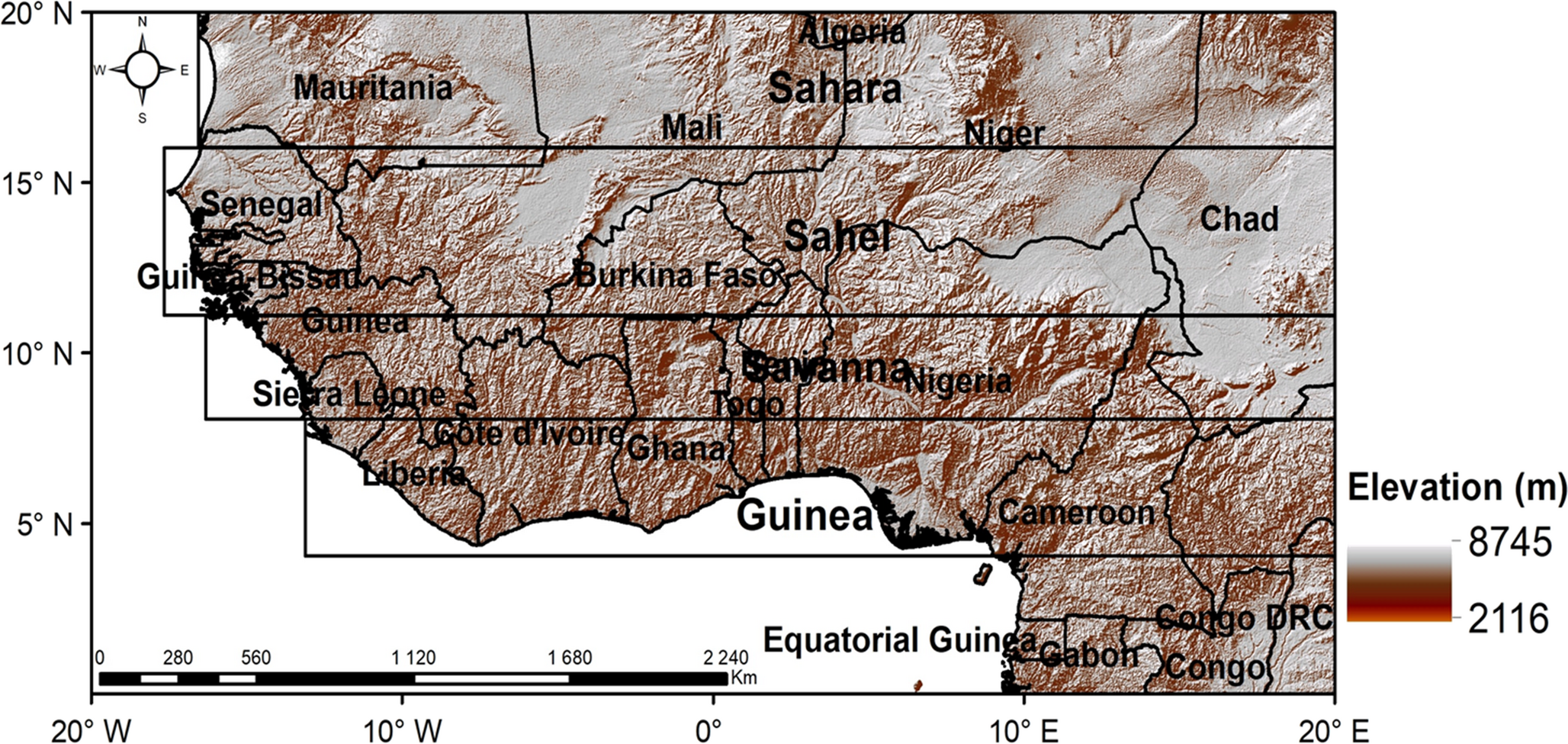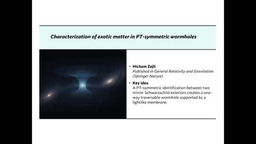Moisture and dust in motion: the dual role of integrated vapour transport over West Africa
Published in Earth & Environment and Mathematics
Integrated vapour transports (IVTs) are important drivers of tropical moisture transport; however, their structure, seasonality, and meteorological impacts over West Africa remain poorly characterised. This study provides a comprehensive evaluation of detected IVTs using a transport threshold of ≥ 250 kg m− 1 s− 1 during the 2024 West African monsoon season, combining reanalysis and gridded in situ datasets.
Results show a strong seasonal signal, with IVT frequency and intensity peaking between June and September, particularly over the Guinean and southern Sudano-Sahelian zones. Case studies of three extreme IVT (≥ 750 kg m− 1 s− 1) events (June 18, August 16, and September 25) revealed distinct structures, strong zonal wind cores at 700 hpa, and vertically coupled moisture fluxes that enhanced organised convection and upward motion. Moderate IVTs (250–500 kg m− 1 s− 1) contributed significantly to daily rainfall in coastal regions, while extreme transport (≥ 750 kg m− 1 s− 1) delivered intense, spatially focused precipitation in the Sahel. Also, the IVT played a critical role in the dynamics of atmospheric dust, where periods of extreme IVTs were associated with strong negative correlations with aerosol optical depth and dust concentrations, along with increased dust wet deposition. However, dust scavenging efficiency peaked beyond an IVT threshold of ~ 300 kg m− 1 s− 1, suggesting that rainfall variability, rather than moisture flux alone, contributes immensely to aerosol removal.
These findings position IVTs as key synoptic-scale systems that shape West African rainfall patterns and aerosol dynamics, with implications for seasonal weather variability, air quality, and convective organisation across the monsoon belt. Within the West African Monsoon (WAM), IVTs preferentially align with the southern flank of the AEJ where horizontal moisture flux and shear-induced convergence maximise, while jet-level (150–200 hPa) wind maxima suggest TEJ-entrance ascent that deepens the moist column. The Saharan heat low’s seasonal migration sharpens meridional pressure gradients that precondition strong southwesterlies, favouring IVT initiation and inland penetration.

Full article at:
https://doi.org/10.1007/s00704-025-05913-1
Follow the Topic
-
Theoretical and Applied Climatology

Theoretical and Applied Climatology, founded in 1949, showcases latest and significant developments from global studies in climate, atmosphere, and meteorology. A successor to Meteorologische Zeitschrift, it carries forward the traditions of one of the world’s oldest meteorological journals.
Related Collections
With Collections, you can get published faster and increase your visibility.
Climate Extremes and Urban Resilience: Integrating Physical Process, Adaptation Strategies, and Socio-Economic Impacts
Publishing Model: Hybrid
Deadline: Oct 30, 2027





Please sign in or register for FREE
If you are a registered user on Research Communities by Springer Nature, please sign in